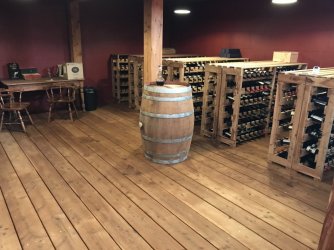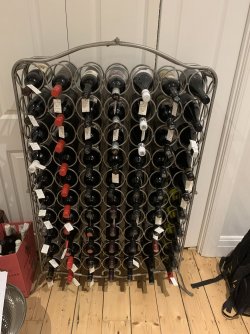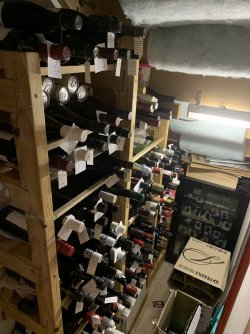billbro
Established Member
- Joined
- Apr 12, 2012
- Posts
- 1,463
Why not just get a smart AC?for example the AC to turn on if it gets too hot or a humidifier/dehumidifier depending on what the case may be.
We just installed Mitsubishi MSZ-LN, I mean calling it "smart" is probably inaccurate as the app sucks, but it allows the configuration of rules (e.g. aircon switches on/off if the room reaches a certain temperature, certain times of the day etc).
Unfortunately, either a coughpy install (likely as we are dealing with the vendor on repair issues) and an old leaky house (also likely victorian and high ceilings) means that the rules trigger a lot and the aircon runs forever as we don't seem to get many degrees lower than ambient.
The xiaomi cheapies I believe also enable automation - I think the problem is deciding on a central smart home hub (some of ours is on smart things, yet we also have hue lights, xiaomi products, alexa, google home, ring...).

























